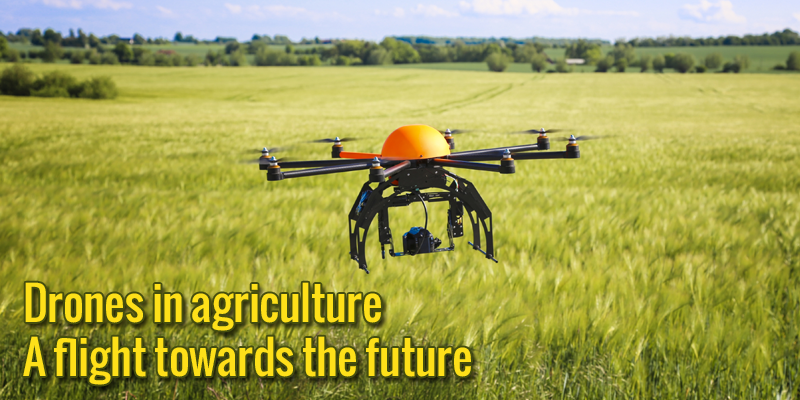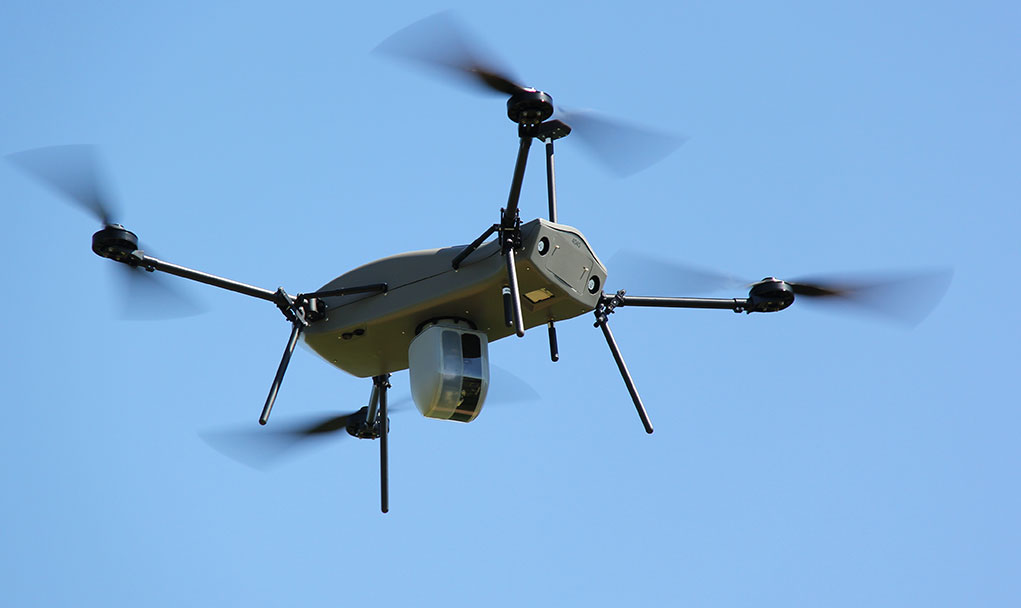
There are many benefits to wind-turbine inspections. But which one should be used? Aerodyne Measure is a tool that can be used to inspect wind turbines. You can learn more about their benefits for wind turbine inspections by reading on. We'll talk about the pros and disadvantages of each, and how AI software could help you do the job better.
Aerodyne Measure
Aerodyne Measure is an AI-backed aerial inspections provider. Ecopulse has partnered with Aerodyne Measure to provide aerial surveys of the company's assets. The solution, known by vertikaliti combines AI and smart drones to create a foolproof method for managing energy assets. The company plans on using its drone technology to improve inspections, fault detection, and other aspects of asset management. The company has also been a leader in the use of drones to collect data for asset management.
Aerodyne & Measure share complementary expertise but will complement one another in terms of operational experience, research and development opportunities, and operational experience. Aerodyne's global presence and greater analytic capabilities will enhance Measure's expertise in performing professional inspections on energy assets. The Measure Ground Controller platform will be utilized by the joint venture in 2020 for drone solar panel inspections.
PrecisionHawk
It is important to clearly define the mission requirements when using drones for inspection of wind turbines. They must be capable of managing wind farm aerodynamics as well as analyzing the airspace around turbines. This drone-based inspection system must comply with stringent data security and quality assurance standards. This article provides an overview of the key functions of a drone-based wind turbine inspection solution. Read on to discover how the PrecisionHawk drone can benefit your wind turbine inspection needs.

PrecisionHawk will join forces with InspecTools to bring together their expertise in drone-based inspections as well as data analytics. This partnership will prove vital in the energy sector. These companies will use PrecisionHawk's drone to integrate with their existing customer base and machine vision and analytics software. PrecisionHawk will be able to offer industry-leading drone inspections as well as solutions for solar panels arrays and wind turbines.
Sulzer
The 3DX SmartPilot - an ultra-compact inspection instrument - is ideal for remote windfarms and field inspections. It can be used worldwide and overcomes many logistical challenges. In addition, the smartPilot is easy to deploy, meaning no need for costly, time-consuming deployments. Here are the key benefits of the Sulzer drone inspections of wind turbines.
Sulzer's UAV technology allows for high-volume inspections of wind-turbine blades from remote locations. This is possible without compromising quality. 3DX (tm) SmartPilot drone solutions are developed by Sulzer using DJI M-210, DJI M-600 and other drones. These solutions provide precise measurements in much less time than human inspectors would normally need.
Amodrone
Using a drone for wind turbine inspections is a new and promising way to ensure wind energy projects are getting the highest quality inspections possible. Drone inspections are more cost-effective than manual inspections. In addition, as countries around the world shift to renewable energy, more wind turbines are being installed, providing new opportunities for the commercial drone industry. The drones are equipped with artificial intelligence and can use AI and software to optimize flight paths and detect damage, which allows them to inspect wind turbines efficiently.

Drones are able to assess the structural integrity and condition of wind turbines. They can also be used to provide valuable information about the infrastructure of wind farms. A drone operator can take hundreds of thousands images of each wind farm. This volume of data is then analyzed by an AI and pattern recognition specialist, resulting in high-quality inspection reports. By assessing the data, damage to wind turbines can be detected automatically and classified according to severity levels.
FAQ
Is it possible to fly a helicopter while driving?
Drone flying at high speed is dangerous. You may also run into pedestrians and other animals. A collision with power lines, trees, buildings, or power lines could cause serious damage to your vehicle.
What are the rules of operation for drones?
Register your drone with the FAA. You will need to submit information about your drone including its weight and size as well as operating frequency. The FAA will issue you an identification number.
Are drones permitted at public events?
If you observe the rules, then you can fly a drone wherever you want. The event organizers will require approval if you plan on flying your drone during a public event like a parade, festival, concert or other similar event.
What is the difference in a quadcopter from a hexacopter.
A quadcopter, a four-rotor helicopter, flies just like a helicopter. It has four rotating rotors. The hexacopter looks similar to a quadcopter, but it has six rotors rather than four. Hexacopters are stabler and more maneuverable than quadcopters.
Which drone is best for beginners?
The DJI Phantom 2 Vision+ beginner drone is very popular today. The DJI Phantom 2 Vision+ comes with a 4K camera that allows you to capture high-quality aerial shots and videos. Its GPS system makes it easy to navigate the drone.
Statistics
- According to industry research from ZipRecruiter , there are 10 cities where the typical salary for a Drone Pilot job is above the national average. (dronesgator.com)
- According to Indeed, a drone pilot gets paid $25.73 per hour on average in the US. (dronesgator.com)
- According to ZipRecruiter, the minimum hourly wage of drone pilots is $20. (thedroneu.com)
External Links
How To
How to Fly Drones at a Beginning Level
A drone can be used to fly remotely controlled aircraft for photography, surveillance, scientific research, hobby and commercial purposes. Drone technology has been around since World War II. DJI's Phantom series quadcopters were first commercially available in 2010. Since then, there have been many different types of drones available, from beginner-friendly models like the Parrot AR Drone 2.0 to professional-grade multi-rotor craft like the DJI Mavic Pro.
There are several ways to fly a drone, including;
-
Remote control – This technique uses a control device attached directly to your hands that allows you steer the drone around its flight path. There are two main types of controllers: On/Off switches (like a radio) and joysticks.
-
Manual Control – This method lets users remotely control the drone by using a smartphone app. The app will provide instructions and help you to locate the drone.
-
Autonomous Flight - This method involves leaving the piloting duties to the drone itself. It basically flies autonomously without any human intervention. For the autonomous flight to occur, the drone must have a built-in camera and sensors capable of capturing images and data.
-
Triggered Flight - This method is similar to manual control, except the pilot manually sets up a preprogrammed route, and the drone follows that route until it reaches the endpoint. The drone automatically lands once the route has been completed and returns to the base.
-
Landing Gear- Some drones include landing gear that allows for safe landing if the power goes out or they run out of batteries.
-
Goggles-Some pilots use goggles to protect their eyes from debris during operations.
-
Camera – Some drones have cameras, which allow you to take photos or videos from up high.
-
Obstacles. Some drones can have obstacle avoidance technology that stops them from hitting obstacles.
-
Speed - Some drones reach speeds exceeding 40 mph.
-
Battery Life: Most drones have a battery life of between 20 and 30 minutes depending on how many power sources you use.
-
Distance - Some drones can travel up 30 miles depending on the model.
-
Power source: Some drones will require an external power source while others can be powered by internal batteries.
-
Weight - Some drones weigh less than 1 pound, whereas other models weigh up to 4 pounds.
-
Size - From small drones that can be carried in the palm of one's hand to larger drones that weigh over 50 pounds, drones come in a variety of sizes.
-
Price – All drones fall into a price category. These range from expensive models that cost thousands to affordable options that start at 100 dollars.